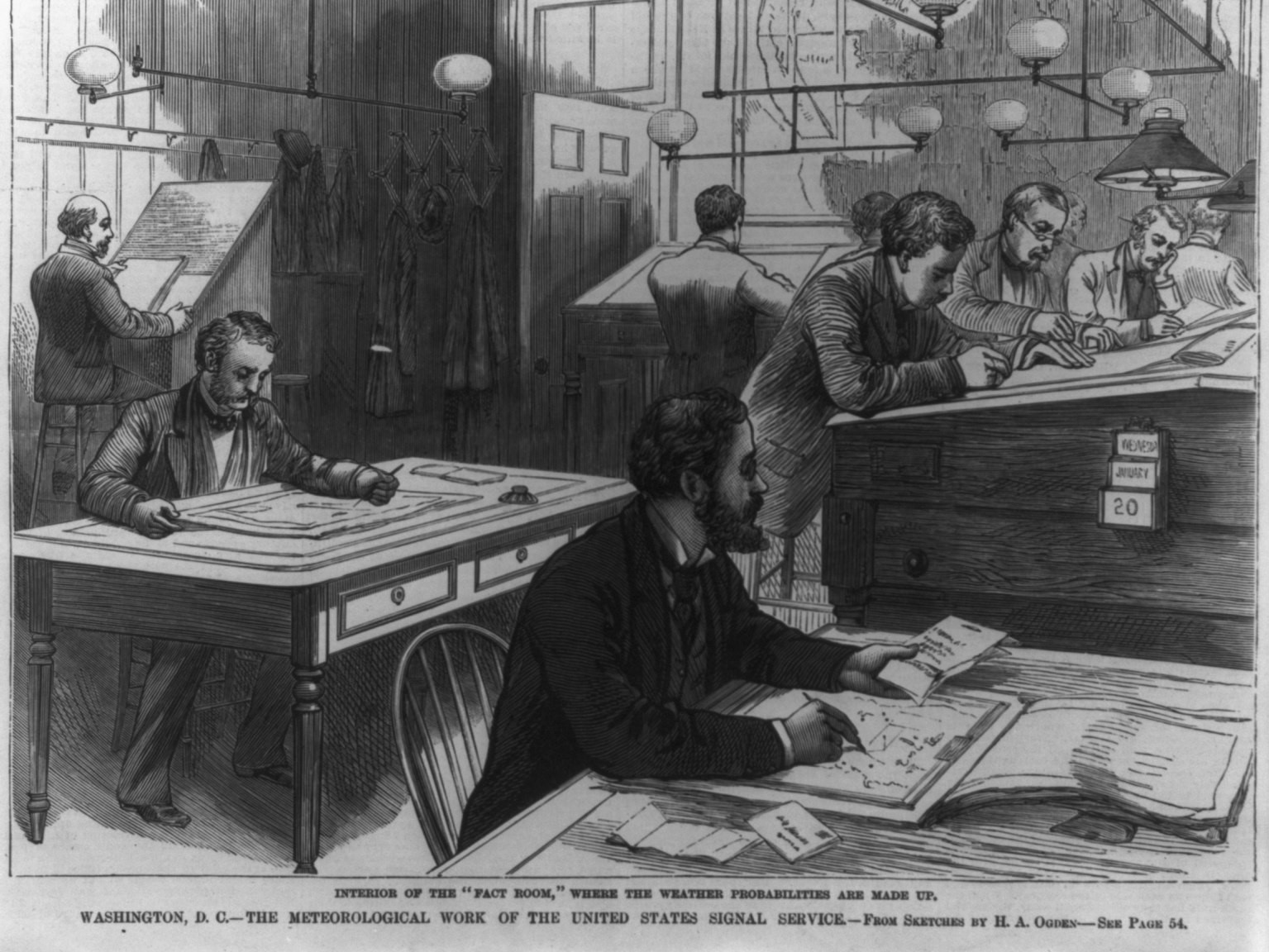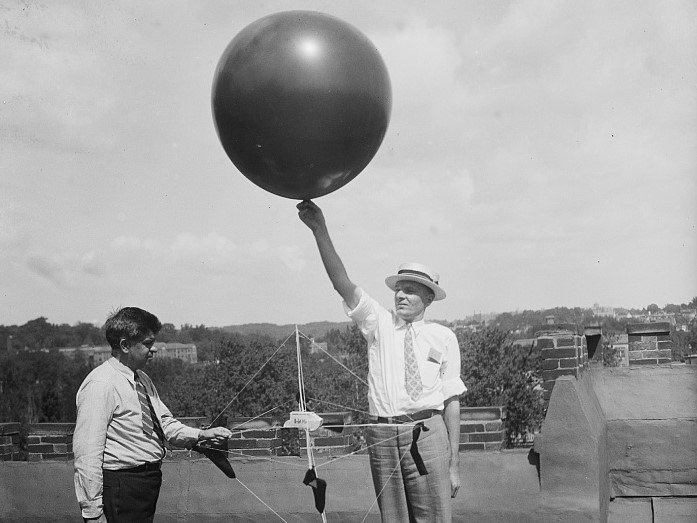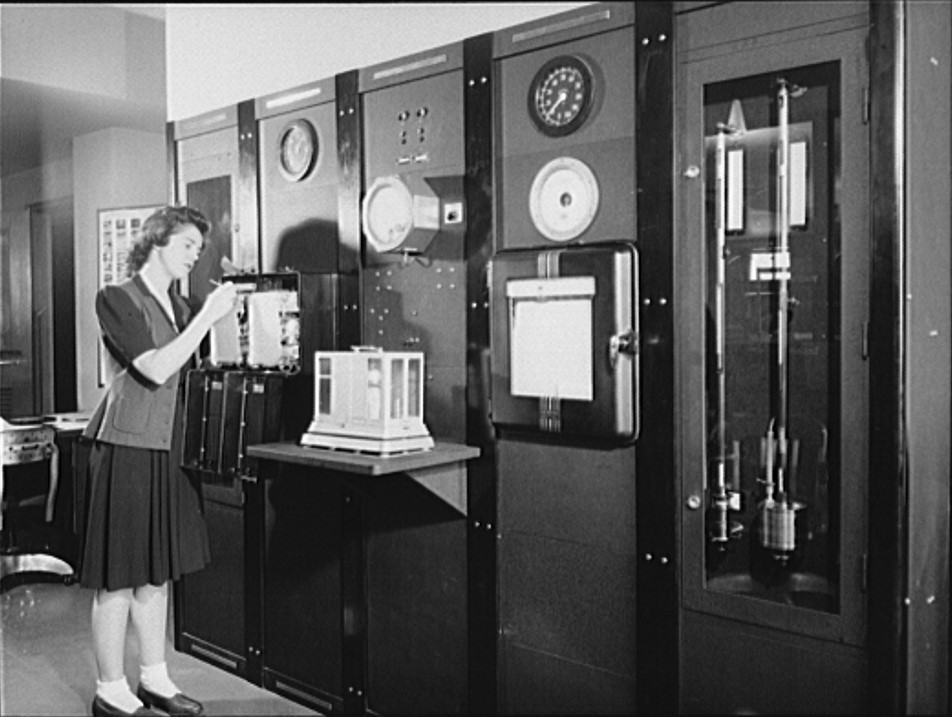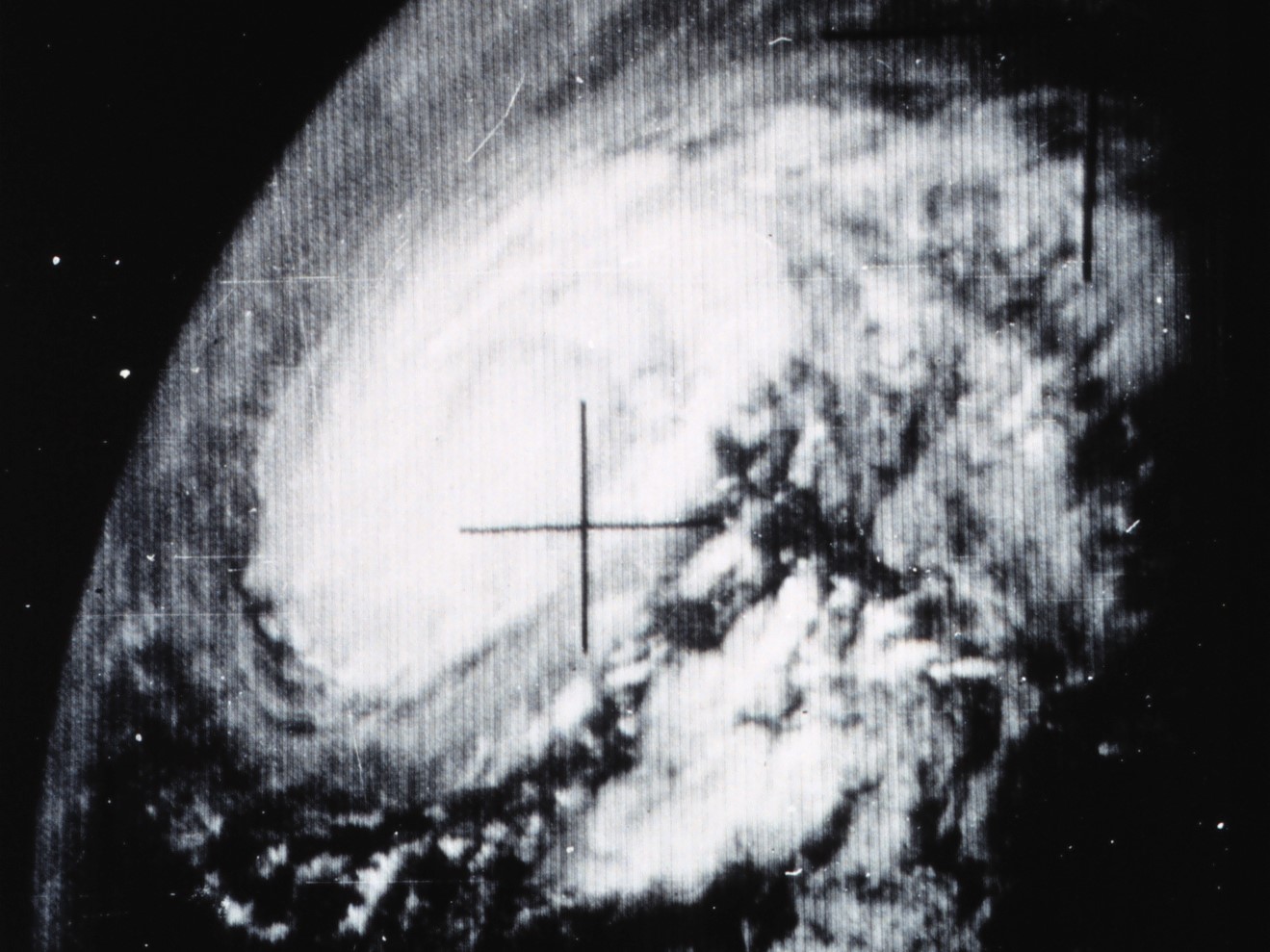About Us - National Weather Service Heritage




From its beginnings as part of the U.S. Army Signal Service through today, the history and legacy of the National Weather Service is a story of science and service to save lives, protect property, and enhance the national economy...which it has done for more than 150 years.
This site serves as a portal for those who seek to learn about and contribute to our heritage. Here you can read and engage with stories about our illustrious past. Though much of our history is marked by terrible tragedy resulting from weather, water, and climate events, these instances precipitated great advances in meteorology, hydrology, numerical computer modeling, policy, and other scientific and engineering firsts. Here, we will delve deeper into our more recent history, including the ground-breaking Modernization and Associated Restructuring (MAR) effort of the 1980s and 1990s, which led to even greater breakthroughs in the years to follow. Importantly, this site serves as a focal point for your insights, documents, pictures, videos, and stories. The point is: we cannot do it alone! If you can contribute in any way, email us at NWS.HeritageProjects.Team@noaa.gov.
Understanding our agency’s history helps define the path forward so that we can continually meet the needs of those we serve. We appreciate your support of these efforts to learn from our past, now and for future generations.
